Richard Thaler
Yes, professor from University of Chicago, won the Sveriges Riksbank Prize in Economic Sciences in Memory of Alfred Nobel. Most people know him for writing the 2008 best-seller Nudge (affiliate link) with Cass Sunstein. Super enjoyed the book and was surprised to discover how many of our so called “decisions” are actually default choices, illusions, and mental rules of thumb. We are educated to believe that people are rational all the time. In reality, we blaze through our work day making hundreds of non-decisions.
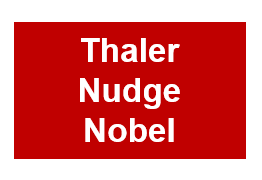
Idealized Decision-Making Process
On the left, you can see what an idealized thought process might look like. Linear and orderly. The decisions are measured and distinct. Depending on the probabilities and payoffs, you can choose: A, B, C, D, E. Super MBA-type thinking.
Human Decision-Making Process
On the right, you can see what happens a lot. We only see one option – due to our preconceived notions, laziness, or even eagerness to fit in. There is a myopia in decision-making because, well frankly, we are human. The debate between rational economics vs. behavior economics continues here.
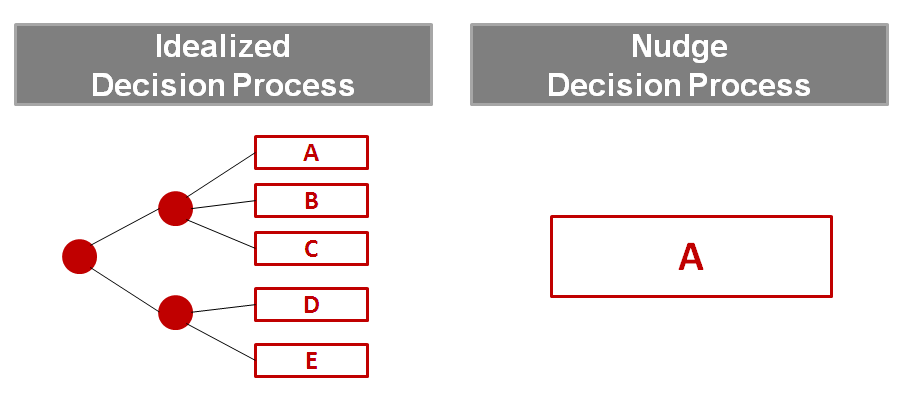
Choice Architecture
Nudge (affiliate link) argues that people can be nudged to make better decisions with more thoughtful “choice architecture.” The way the choices are displayed and the default options heavily influences the outcome.
At face value, it’s not a radical concept
If you have read Paco Underhill’s Why We Buy (affiliate link), you know that there is a lot of science and psychology in the placement of products at retail stores. The best-marketed products are placed at eye-level and aisle end-caps so they catch the shopper’s attention. Consumer product companies pay $ millions in slotting fees to get good shelf space.
No design is neutral
They contend (and I agree) that there is no such thing as a neutral design. Something has to be on the front of the menu, something has to eye-level in the grocery store, something has to the default shipping preference on amazon.com. If any configuration of choices has a slant or bias, why not do the homework . . . and present the choices so that people tend to pick the “better” one?
Policy makers love this stuff
You can see why this is an attractive idea. It respects the libertarian ideas of choice and individual responsibility, while also suggesting that governments/ institutions can subtly tilt people’s choices towards better decisions. It is the rare type of solution that has some appeal to tea-party Republicans and big-deal Democrats alike. Its gotten traction from policy makers in many countries.
Default Choice
There are dozens of reasons that we have faulty judgment, but this post will only talk about one of them – default choice. The concept is simple enough; default choice is the option that is selected if you do nothing. It is the status quo option.
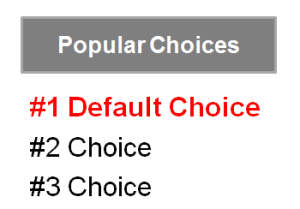
Because we are ambivalent – default choice
Interestingly, the #1 ringtone is the default one provided by Verizon, AT&T and Sprint. Not the prettiest sound, but some people can’t be bothered to change it. After all, it’s a small and trivial thing. No real value there and the default option works.
Because we are lazy – default choice
Being ambivalent on something minor like a ringtone seems plausible, but what if I told you people did the same thing with their 401(k) and 403(b) retirement plans? 30-40 years of stocking away $$ from your pay check is certainly not trivial. It’s a non-decision that can cost $ hundreds of thousands.
CALPERS, the gargantuan pension fund for California state teachers, found out that the average number of times that teachers changed their asset allocation (% of stocks, bonds, cash) of their portfolio during their careers . . . .wait for it. . . . was 0 times. That means that more than 50% of people in that pension never changed their asset allocation. Essentially, they started teaching at 25 years old with some generic allocation in stocks / bonds / cash, and they stuck with it for 15-40 years. Why gamble your retirement on what someone in HR chose as the default choice?
Yikes. Easy to make fun of those California teachers, except that Harry Markowitz basically does the exact same thing. He is one of the founders of modern portfolio theory, demonstrating that asset allocation is crazy important in optimizing your risk-rated return. Yes, Nobel Prize winner. Yes, one of the names you remember from studying finance history.
How does Harry Markowitz asset allocate his retirement funds?
I should have computed the historical covariances of asset classes and drawn the efficient frontier. Instead. . . I split my contributions fifty-fifty between bonds and equities.
– Harry Markowitz, Nobel Prize winner, co-founder of modern portfolio theory
Because we don’t pay attention – default choice
A study from 2003 showed that the % of the population who donated organs was highly correlated to the default option on the driver’s license. If the default was YES, 85%+ people donated their organs at death. If the default was NO, most people did not donate. In the graph below, the blue color represents countries that assumed you would donate (default choice) or you had to opt-OUT. Bi-modal distribution because of the default choice. Talk about non-thinking humans.
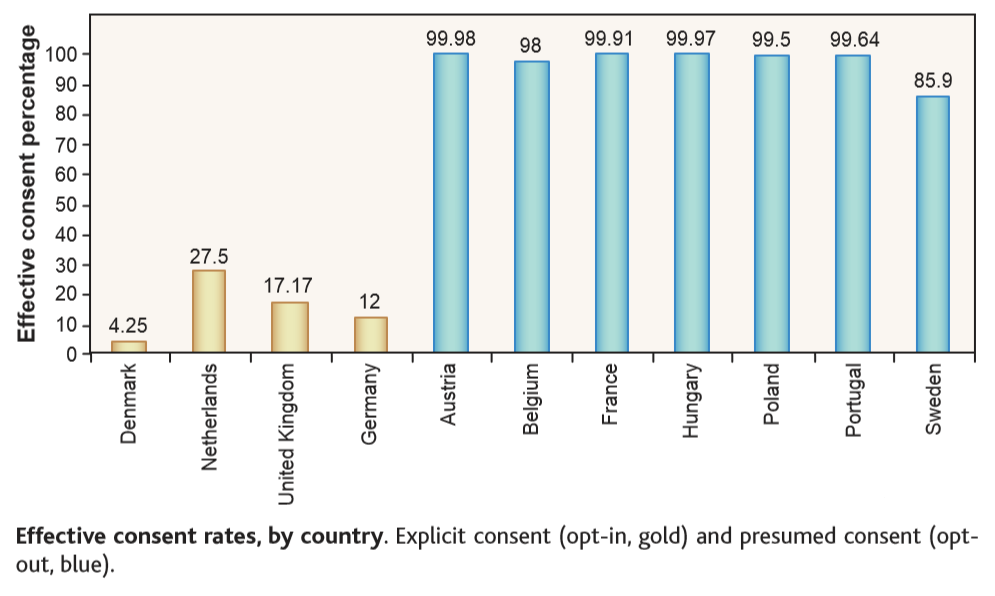
So what does this mean to consultants?
All this business-book talk is fine, but what does this mean to consultants and their clients?
#1. Coach your clients on default choices.
For those focused on sales and marketing projects, coach your customers to think through the choice architecture. The options that your clients show their customers matter. Google is uniquely aware of this and paid Mozilla (creator of Firefox) to have Google as its default search engine. Of course Google argued to regulators that other search browsers were only 1 click away – but you and I know that people don’t take that extra step.
#2. Put your best recommendation first
When you storyboard recommendations, and present options, put the best one first. The order of the options matter. Don’t bury your best thought in the middle of the deck. Put your best foot forward.
#3. Expect resistance to change
Don’t forget that your client’s organization has a default choice too. The status quo option for them is to NOT listen to you. It is easier for them to do nothing, take the default choice, and ignore the changes you are recommending. It is not enough to argue with logic (head). You have to provide the passion (heart) which motivates them to act, and give them the tools (hand) to make it easy to repeat and implement the change. Persuade by using head, heart and hand.
This can take the form of implementation roadmaps, status update templates, savings trackers, or even email drafts of communications. Anything that nudges them to continue the good work, after the consultants leave.
#4. Beware of default choices
As a consultant, a good part of your job is to see past the default choices that the client’s organization has convinced itself of over the last 50 years. They have oral history, precedents, and institutional memory. Things we hear:
- “We can’t do that, we tried that before” [default choice]
- “They VP will never agree to that” [default choice]
- “We have never done that type of project before” [default choice]
#5. Look for opt-in and opt-out marketing
Once you open your eyes to it, you will see default choices everywhere, even on this blog.
Trivia fact: There is actually no Nobel Prize in Economics. It is awarded by a Swedish bank, in honor of Alfred Nobel. Same prize money, same prestige, just not one of the official ones that the father of dynamite created.
Trivia fact: Thaler said he would try to spend the prize money “as irrationally as possible.” Winning.

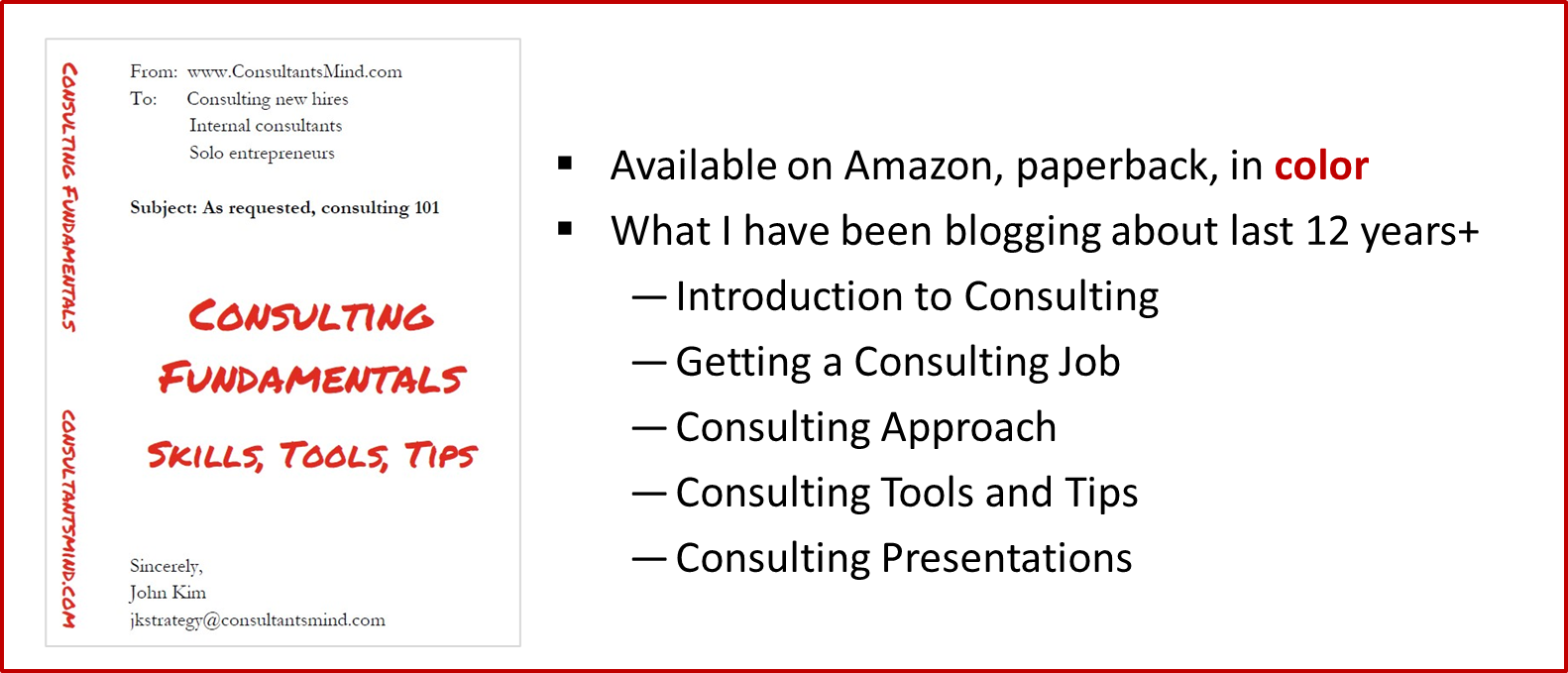
Interesting blog ….good information very helpful to readers Matre Business Consultancy …thanks for sharing keep posting..!
Thanks for reading.